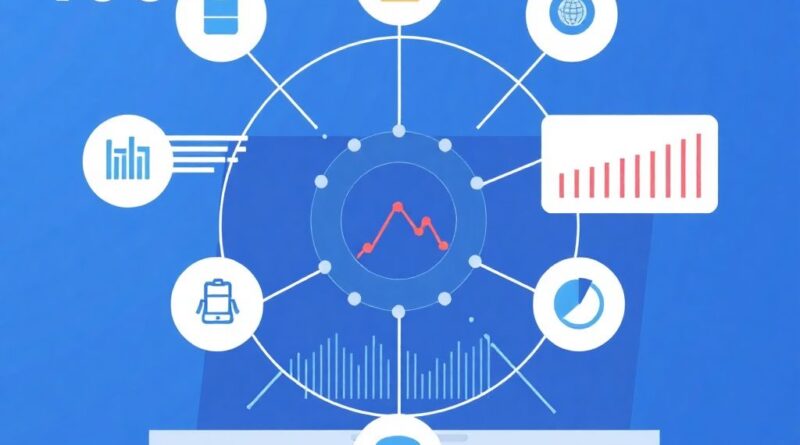The Application of Data Analytics Tools
As a data enthusiasts! I welcome you to a journey through the world of data analytics, where numbers tell stories, and those stories drive decisions, innovation, and growth. Let’s dive into how modern data analytics tools are being applied across industries to transform raw data into gold mines of insight.
The Evolution of Data Analytics Tools
Gone are the days when data analysis was a cumbersome process, reserved for those with deep technical know-how. Today, we’re in an era where:
User-Friendly Interfaces dominate, making data accessible to everyone from C-suite executives to frontline employees.
AI and Machine Learning are not just buzzwords but integral parts of analytics, offering predictive insights and automation.
Real-Time Data Processing ensures businesses can react to market changes in the blink of an eye.
Applications Across Industries
Retail: Personalizing the Shopping Experience
Customer Segmentation: Tools like Tableau and Power BI help retailers analyze purchasing patterns, segment customers, and tailor marketing strategies.
Inventory Management: With predictive analytics from tools like Google Cloud BigQuery, retailers can predict demand, manage stock levels, reducing waste and increasing turnover.
Healthcare: Enhancing Patient Care
Predictive Health Analytics: Using ML algorithms within platforms like IBM Watson Health, doctors can predict patient risks, improving preventative care measures.
Operational Efficiency: Tools like Qlik facilitate the analysis of hospital operations, from bed management to staffing needs, optimizing resource use.
Finance: Fraud Detection and Risk Management
Real-Time

Fraud Detection: Apache Spark, combined with scikit-learn for machine learning, allows banks to detect and respond to fraud immediately.
Risk Assessment: Advanced analytics tools analyze market trends and consumer behavior to refine risk models, providing safer investment strategies.
Manufacturing: Lean Production
Predictive Maintenance: IoT data analyzed with tools like AWS IoT Analytics can predict when machinery will need maintenance, reducing downtime.
Supply Chain Optimization: Using Looker, manufacturers can gain end-to-end visibility of their supply chain, optimizing logistics and reducing costs.
Marketing: Deep Audience Insights
Behavioral Analytics: Tools like Adobe Analytics dissect user behavior across digital platforms, helping marketers create targeted campaigns.
A/B Testing at Scale: With tools like Optimizely, marketers can run extensive A/B tests to see what resonates with their audience, all driven by data.
How Businesses are Implementing These Tools
Integration with Existing Systems: Many tools are designed to integrate seamlessly with current business software, providing a unified data view.
Training and Culture: There’s a significant focus on training employees to understand and use these tools, fostering a data-driven culture.
Cloud Adoption: The shift to cloud-based solutions allows for scalability, flexibility, and cost-efficiency in data storage and analysis.
Challenges and Considerations
Data Privacy: With tools handling vast amounts of sensitive data, compliance with regulations like GDPR is crucial.
Data Quality: The output is only as good as the input; ensuring data cleanliness and accuracy is paramount.
Skill Gap: The rapid evolution of analytics tools necessitates continuous learning to keep pace.
Looking Forward
The application of data analytics tools in 2025 isn’t just about handling data; it’s about creating a narrative from that data. Whether it’s through enhancing customer experiences, saving lives in healthcare, or making financial systems more secure, these tools are pivotal in shaping business strategies:
Ethical Use of Data: There’s a growing emphasis on ethical data practices, ensuring analytics don’t just drive profit but also contribute positively to society.
AI-Driven Insights: The future will see even deeper integration of AI, where tools not only analyze data but also suggest actions based on that analysis.
Interoperability: As data sources multiply, the ability for tools to work together will be key, allowing for a more holistic view of data.

